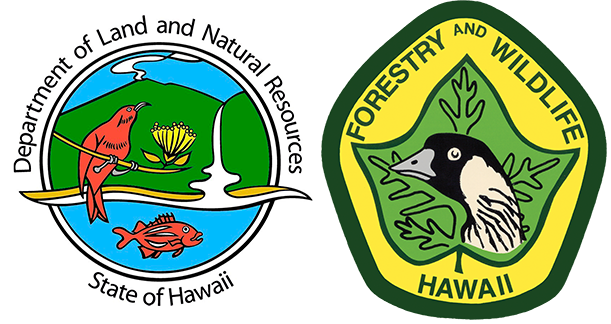Bridle Trail Information
NOTICE
In compliance with the December 9, 2024, Order for Injunctive Relief, filed in the Circuit Court of the Second Circuit (Judge Peter T. Cahill), Civil No. 2CCV-22-0000144, the department provides the following information:
The court ordered that “State defendants are prohibited from failing to provide clearly visible public information at both the mauka and makai trailheads (i.e. at the foot of the trail at or near Olinda Road and at the intersection of the trail and Haleakalā Crater Highway) identifying the location of the Haleakalā Trail and how members of the public may access and use the Haleakalā Trail”.
The Haleakalā Bridle Trail, or Haleakalā Trail as referenced in the court’s order, was built in 1905 to serve as the primary route for reaching the summit of Haleakalā by horseback or mule before modern roads were built. The Haleakalā Bridle Trail was the successor to a trail that was in existence at least as early as the 1800s. In a separate case in 2016, Civil No. 11-1-0031(3), the Circuit Court of the Second Circuit declared that the portion of the trail that extends from the top of Olinda Road to the boundary of Haleakalā National Park, which crosses through private ranch lands, is owned by the state in fee simple by virtue of the Highways Act of 1892. The court declared that the trail is six feet wide and that the centerline of its location and course is described by the metes and bounds survey provided in the order as Exhibit 1.
Pursuant to Chapter 198D, Hawaii Revised Statutes, the department is directed to maintain an inventory of trails and access in the state, to include information regarding the status of availability of each trail or access to the general public. Be advised that:
- The course and location declared by the court in the metes and bounds is not an improved trail that has been properly constructed for safe pedestrian use.
- The trail has not been maintained for decades. In most of those areas, it has become degraded and lost to the elements. As a result, it is not visible in most areas, it is overgrown with impenetrable vegetation, and it is not possible to identify the location of the trail on the ground.
- Portions of the include steep gulches and terrain not recommended for safe pedestrian use.
- The trail is a six-foot-wide corridor that passes through private ranch lands. Users attempting to use the trail are not likely to be able to stay on it, resulting in trespassing onto the adjacent private lands.
